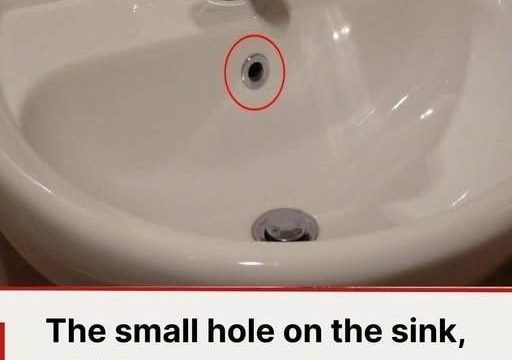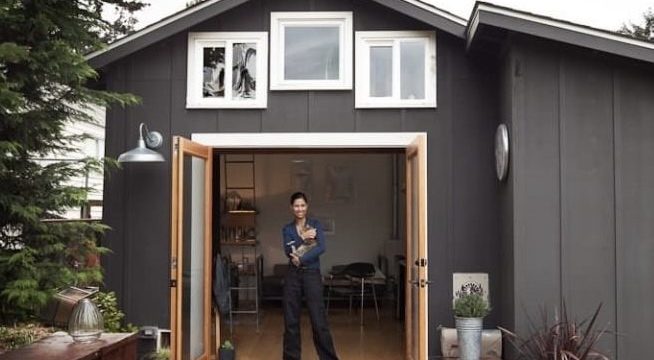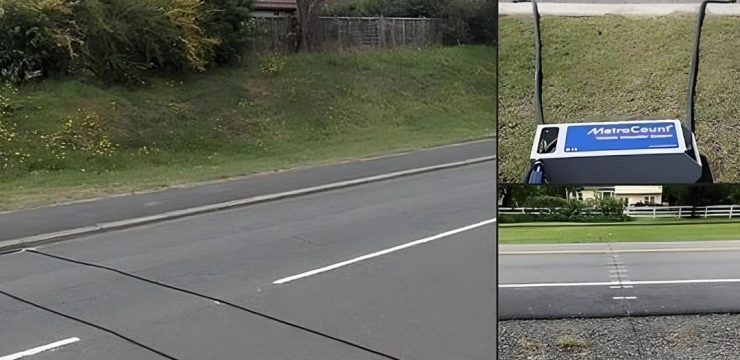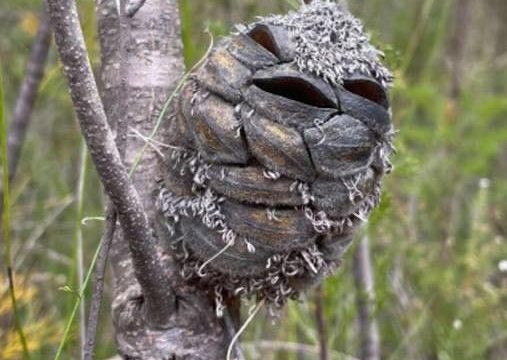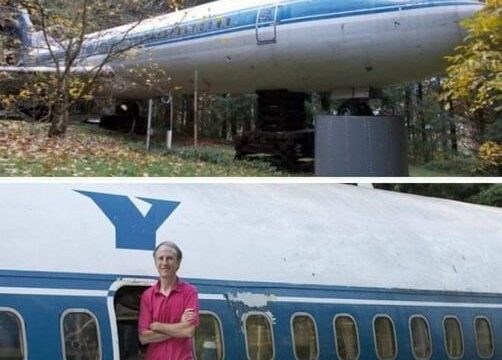Exploring older homes often leads to fascinating discoveries, including architectural quirks that defy modern expectations. One particularly intriguing feature is the upside-down baluster—an inverted spindle that stands out amidst its properly oriented counterparts. Is it simply a construction mistake, or does it carry a deeper, symbolic meaning?

The Intent Behind Upside-Down Balusters
An upside-down baluster may initially seem like an error in craftsmanship. However, historical and cultural perspectives suggest otherwise.
In some traditions, these inverted balusters symbolize protection, believed to ward off evil spirits or bring good luck to the home’s occupants. Scottish folklore even links upside-down balusters to covert support for historical figures like Bonnie Prince Charlie.
Beyond superstition, intentional design choices often reflect humility and reverence. In historic buildings, craftsmen sometimes introduced deliberate imperfections to acknowledge human fallibility compared to divine perfection. For instance, government buildings like the South Dakota and Wyoming State Capitols feature such purposeful “flaws,” preserving a timeless tradition.
Modern Interpretations of Upside-Down Balusters
Today, these architectural oddities spark curiosity and conversation. Viewed through lenses of history, superstition, or tradition, they invite us to ponder their significance. Far from being mistakes, upside-down balusters stand as testaments to creativity, cultural narratives, and the layered histories of older homes.
Discovering Unique Staircase Elements
Older homes often feature other distinctive staircase elements, such as dust corners and stair rods. These features blend practicality with charm, revealing the innovative spirit of past generations.
Dust Corners: A Practical Solution Turned Decorative Accent
In the late 19th century, dust corners—small guards placed in the corners of staircases—were introduced to ease the labor of cleaning hard-to-reach spaces. These additions didn’t just serve a functional purpose; they also added a touch of elegance to wooden staircases.
Today, dust corners have transitioned from purely utilitarian items to decorative accents. They can enhance awkward spaces, such as corners between walls and fireplace moldings, with vintage appeal.
Where to Find Dust Corners:
- Specialty Stores: Retailers like House of Antique Hardware offer authentic vintage designs.
- Online Options: Platforms such as Amazon and Etsy provide a wide range of styles, from classic to whimsical, ensuring something for every décor preference.
Stair Rods: Bridging Tradition and Modern Design
Stair rods, originally designed to secure runner carpets on wooden staircases, once served a functional purpose. Although modern carpet installation has made them less necessary, their aesthetic value endures.
These accessories, often crafted from materials like brass or wrought iron, evoke vintage sophistication and add character to contemporary interiors.
Where to Find Stair Rods:
- Specialty Hardware Stores: Focused on period homes, these stores often carry high-quality stair rods.
- Online Retailers: Websites like Wayfair and Amazon offer a wide selection, ranging from traditional to modern designs.
Conclusion: The Stories Within Architectural Details
Whether it’s an upside-down baluster or an antique staircase accessory, these elements tell stories of the past. They remind us of the creativity and ingenuity of previous generations while offering opportunities to infuse modern spaces with vintage charm.
Next time you encounter an architectural anomaly, take a moment to appreciate its history and consider the rich narratives it holds. These details, far from being mere quirks, are windows into the imaginative minds of those who built our homes and shaped our living spaces.
